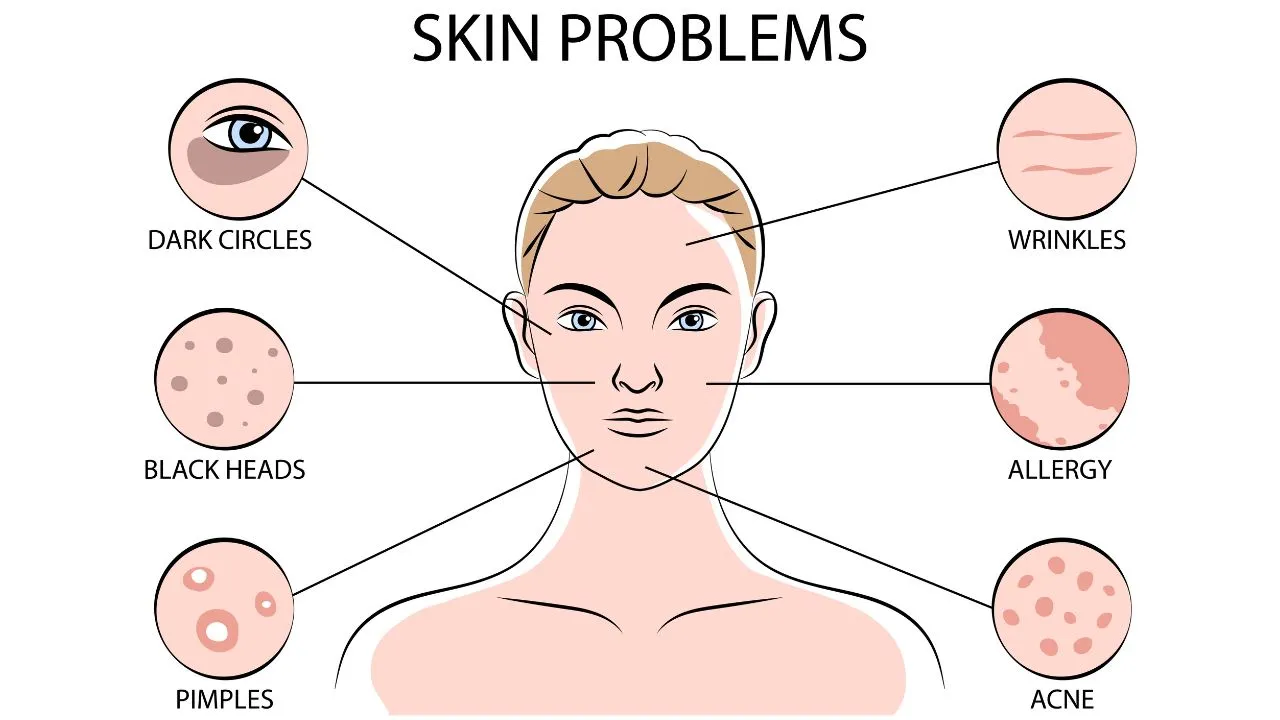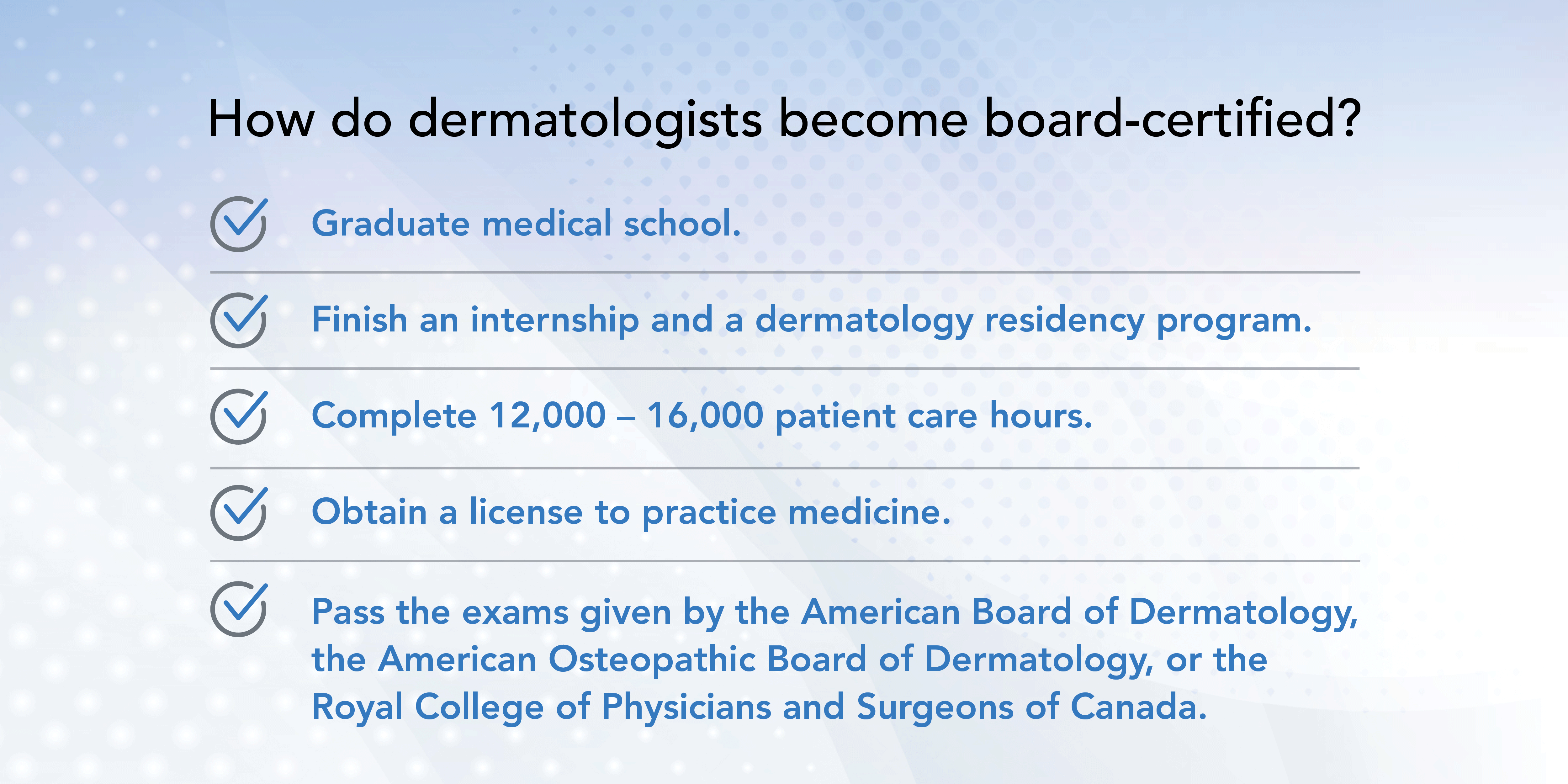Work with an experienced eczema specialist for the best treatment plan tailored to your skin.
Extensive Dermatology Understanding: Addressing Acne Issues, Mole Issues, and Eczema Manifestations
When it comes to skin health and wellness, thorough dermatology knowledge is crucial; it encourages people to tackle typical skin concerns such as acne, mole irregularities, and eczema with self-confidence. Understanding acne treatments, acknowledging possible skin cancer cells check in moles, and handling eczema triggers can significantly enhance skin health and wellness - acne treatment. This short article will check out these topics, using an informative check into the science behind these common skin issues - an expedition that promises to enlighten and inform
Understanding the Basics: What Is Acne, Moles, and Dermatitis?
Acne is a skin condition characterized by irritated or infected oil glands, commonly visible as pimples or spots, primarily on the face, back, and breast. Moles, on the other hand, are tiny skin developments caused by clusters of pigmented cells; they can appear anywhere on the body and differ in color and dimension.
The Science Behind Acne: Causes, Kinds, and Treatments
The complicated scientific research behind acne starts with recognizing its formation system. This elaborate procedure, influenced by numerous factors, results in different kinds of acne. The article will certainly likewise discuss efficient treatments available to manage and treat this usual skin problem.
Acne Formation Mechanism
An overwhelming bulk of people will experience the usual skin problem referred to as acne eventually in their lives. Acne formation starts with the overproduction of sebum, an oily substance produced by sweat glands in the skin. This excess sebum, in addition to dead skin cells, obstructs the skin's pores. When these stopped up pores ended up being contaminated with Propionibacterium acnes, a bacterium normally existing on the skin, swelling happens, leading to visible acne. There are different kinds of acne, including blackheads and whiteheads (non-inflammatory), and papules, pustules, blemishes, and cysts (inflammatory) Hormonal adjustments, especially during adolescence or menstrual cycle, can aggravate acne by causing boosted sebum production. Comprehending this device is critical for designing reliable therapies, a subject to be discussed later. skin cancer check.

Effective Acne Therapies
Virtually every person will grapple with acne at some point, making a clear understanding of effective acne treatments vital. Different treatments target various facets of acne, such as inflammation, oil production, and bacteria. It's important to keep in mind that not all therapies will certainly work for every person, as acne's causes and extent differ.
Mole Issues: Recognition, Examination, and When to Look For Clinical Focus
Moles, usual skin growths, require mindful recognition and regular examination for ideal skin health (acne treatment). Identifying the typical appearance of one's moles, in addition to any kind of changes that might take place, is important. Trigger clinical focus must be looked for when specific indications, which will be discussed, are spotted
Understanding Mole Recognition
Just how does one compare a harmless mole and one that may call for medical attention? Understanding the attributes of typical moles is crucial. A typical mole is normally rounded or oblong, has a smooth side, and is no larger than 6mm in size. The color must be constant and can differ from pink, tan, brown, or black. Moles usually appear throughout youth or adolescence, and by their adult years, many individuals have between 10 to 40 moles. Nonetheless, moles that alter in dimension, shape, or color, come to be itchy or hemorrhage, or appear after age 30 can be disconcerting. These abnormalities do not immediately show skin cancer yet are reasons to consult a skin doctor. Understanding mole recognition is the very first step in skin wellness administration.
Executing Routine Mole Exams

Identifying Crucial Clinical Signs
When should one look for medical focus concerning moles? It is important to consult a skin doctor once irregular attributes are noticed. These may consist of crookedness, irregular borders, differing shades, a size larger than 6mm, or progressing dimension, shape, or color. Called the ABCDE's of mole analysis, these changes may point to malignant melanoma, a dangerous kind of skin cancer cells. In addition, any kind of blood loss, itching, or non-healing sores related to moles demand prompt clinical focus. A person should also be cautious if new moles appear after the age of 30 or if there's a sudden increase in the number of moles. Regular self-examinations coupled with expert evaluations make sure very early detection and efficient treatment of potential skin irregularities.
Dermatitis Explained: Reasons, Signs And Symptoms, and Taking Care Of Flare-Ups
Although dermatitis might show up as a straightforward skin irritability to the untrained eye, it is, in reality, an intricate dermatological problem with a plethora of possible reasons. Eczema, also referred to as atopic dermatitis, is generally created by a combination of genetic and environmental variables. Handling dermatitis usually involves determining and avoiding triggers, maintaining a good skin treatment regimen, and using suggested therapies.
Practical Skin Care Tips to stop and Handle Acne, Moles, and Dermatitis
Recognizing and addressing skin problem such as acne, moles, and dermatitis need functional and efficient skin care practices. Routine cleaning with gentle, non-irritating items assists maintain skin health and wellness and avoid acne. Sun block application reduces mole risk and minimizes eczema flares set off by sun direct exposure. Hydrating, especially for those with dermatitis, is vital to maintain skin hydration and barrier feature. A well balanced diet abundant in antioxidants can enhance skin wellness and reduced swelling, possibly decreasing acne and dermatitis seriousness. Regular skin checks help in early mole detection, possibly avoiding skin cancer cells. While these tips can mitigate skin Recommended Site issues, they're not an alternative to specialist dermatological suggestions. Constantly get in touch with a read this post here skin specialist for consistent or severe skin problem.
Professional Dermatology Treatments: An Introduction of Modern Solutions
What are the contemporary services offered by specialist dermatology treatments? Skin doctors today have a large selection of effective therapy alternatives to deal with various skin problems. For acne, retinoids and antibiotics are suggested to manage the condition, while chemical peels and laser treatment are made use of for severe instances. With moles, professional removal is performed if they pose a health and wellness threat. This can be done through medical excision or laser removal. On the other hand, view it now dermatitis is commonly treated with topical corticosteroids to take care of symptoms, and photo-therapy for persistent cases. In addition, developments in biologics have shown guarantee in treating severe dermatitis. All these therapies are under the expert support and treatment of skin doctors, making certain secure and reliable administration of skin problems.
Verdict
Recognizing skin-related problems like acne, mole irregularities, and eczema is essential for reliable treatment. Acne administration requires expertise of numerous treatment options, while mole assessment can result in early discovery of skin cancers. Dermatitis management involves identifying triggers and executing ideal therapies. As a result, comprehensive dermatology understanding is critical for stopping and handling these skin disease, highlighting the demand for specialist skin doctor treatment to boost skin health and wellness.